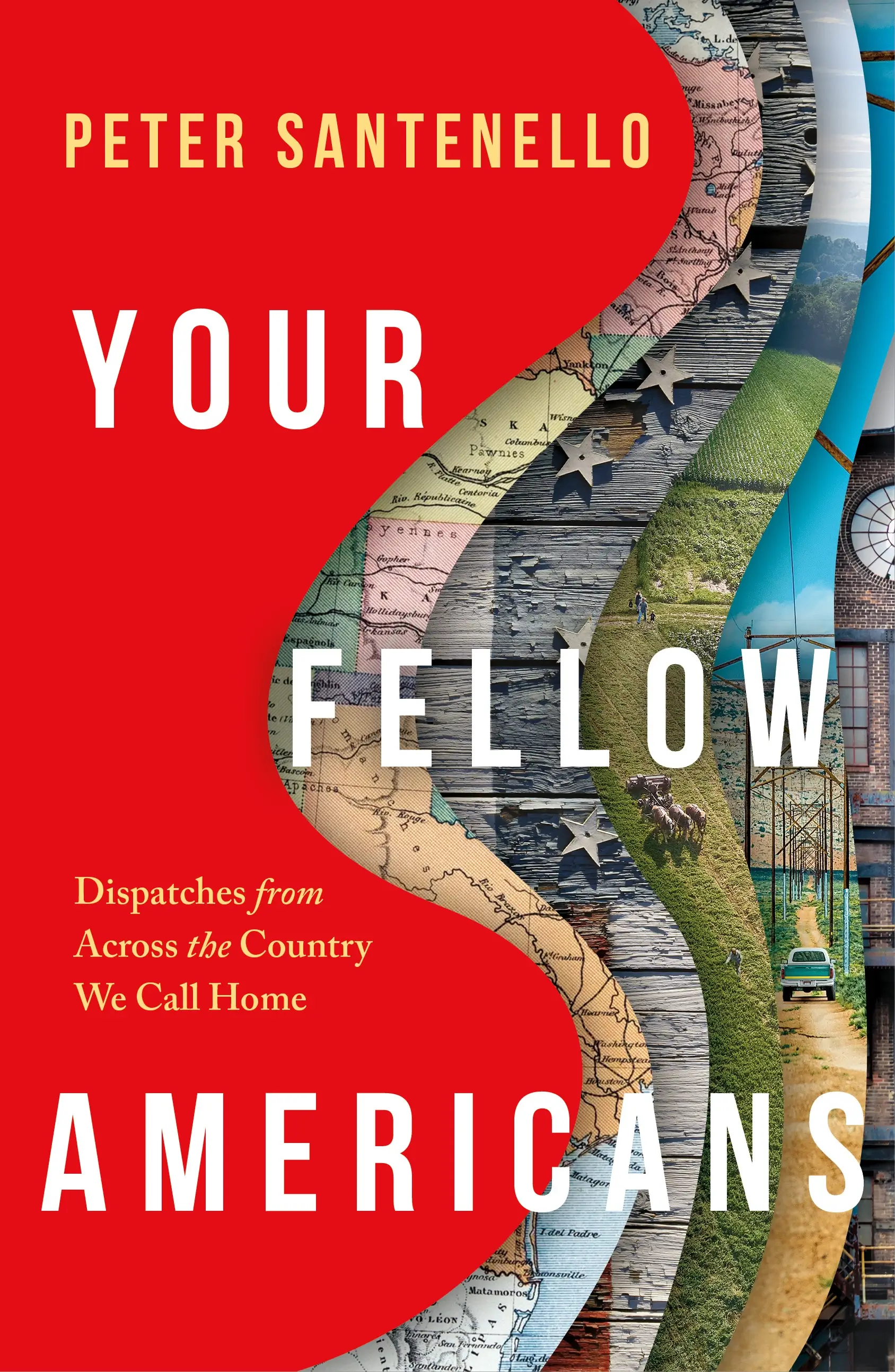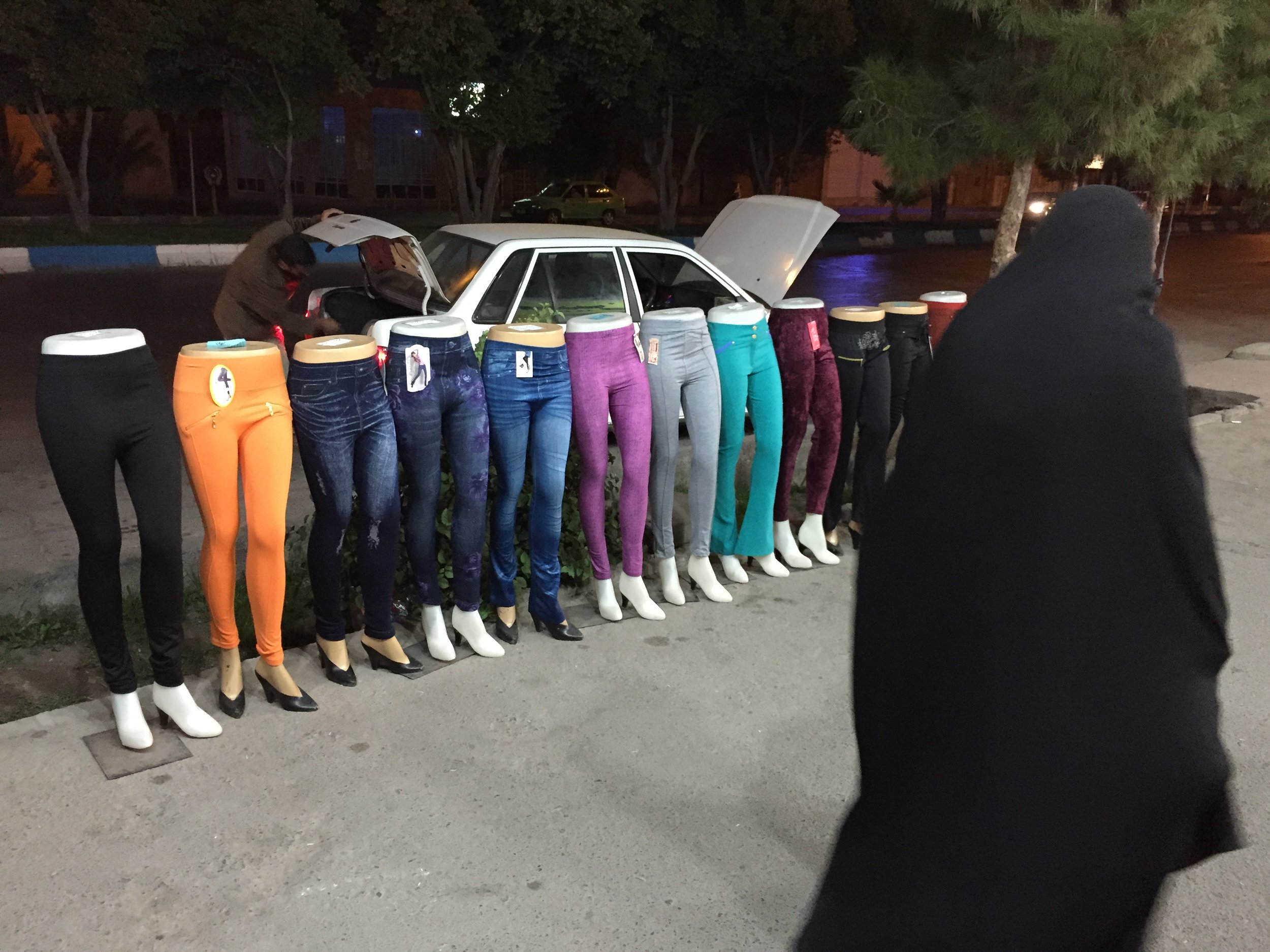
Understanding women is complicated enough for men. Add Islam, the hijab (head scarf), chador (full cover), and a society in flux—and out comes a kaleidoscope of confusion.
This is an insanely complex topic in a paradoxical country, and I’m definitely not the ideal authority here as a man and foreigner. But some friends have asked me to share my interpretations of how women live in Iran, so I will give it my best.
I’ve hitchhiked in the countryside to get closer to the dynamics of local life; I’ve slept on floors in local’s homes to get closer to the answers… I’ve asked a lot of questions.
This has been my approach: to get as much raw information as possible in my limited time here.
But unless I’m tapping into every woman’s head, there is no way of me knowing what their thought process is. And if I had this skill, I wouldn’t be a man.
“Looks don’t necessarily mean how they think,” one university student told me with a mischievous smile stretched across his face. “They might look more conservative than they truly are, or they might look more liberal than they truly are.”
This comment has left me puzzled ever since, as I’ve traversed the length of this dramatic country….
I’ve observed that there are a few large forces at play that determine how a woman lives in Iran.
And the way these forces break down determines how much freedom a woman can achieve, but ultimately even the most progressive scenarios end up eventually hitting the steel ceiling of the government or culture.

My guide for hiking the 13,304 ft Mt. Shirkuh
Government control
The Islamic government has strict guidelines; here are just a few of the rules that women must abide by:
Every woman must wear a hijab when outside of the home. There is no exception to this law. But how liberal a woman, her family, or place of residency determines how much of her head is covered and how decorative, stylish, and colorful the hijab is.
Women also need to wear a loose-fitting top to conceal the curves of their bodies, ‘to prevent temptation.’ But I’ve seen all types of interpretations of this rule from snug fitting jackets to excessively baggy coverings.
Virginity is important. Under sharia law, a woman must be a virgin before marriage. In the past, the aunt of the groom observed initial intercourse between the bride and groom to see if the women bled, proving her virginity and purity.
Now, this takes place at the hospital where a bride is tested. If a woman had sex before marriage, the doctor might say she’s a virgin—even if she’s not—or the doctor will tell the truth, and the families might prohibit the marriage from happening.
In the past women have been sent to prison and even killed over this issue.
And this is why anal sex is popular here…
Overall the law works in the favor of men. Most of the people in power are men. The religious police that enforces the dress code are of course men. Sharia Law is the law of the land and is clearly male-centric.
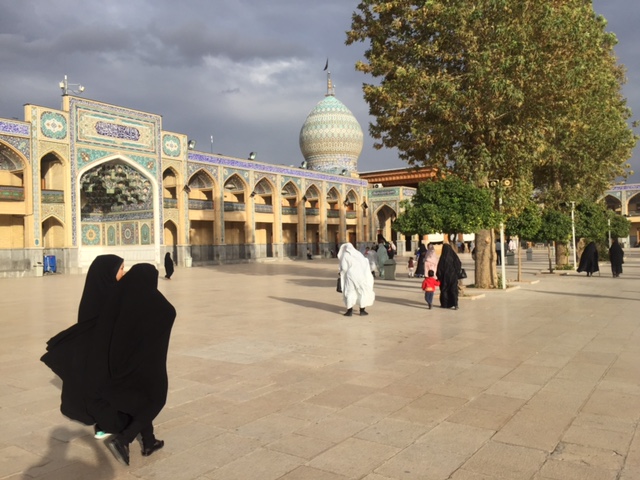
Social customs/Family pressure
Where a woman is born, and by whom dictates what that woman will see and experience in her lifetime. There are exceptions, but not many.
Countryside
In conservative villages, Islamic law is soft compared to the social law of the village; the family structure is more extreme than anything created by the state.
Unbearable harassment and social pressure fall upon a woman who fails to dress out of a chador in conservative villages. The pressure here is too much for any human to handle, and is clearly not an option (there are exceptions, and minority groups like the Kurds don’t wear the chador in the countryside).
I’ve observed three types of women in the countryside:
Some women are accustomed to tradition and prefer it to be this way.
Some women have a pipe dream of leaving the village and living a more progressive and independent life, but that desire most likely won’t happen in this lifetime.
And some women look enslaved, repressed, and hopelessly trapped.
In these villages, there are both happy and miserable women… it all depends on the circumstances and the health of their relationships with their husband and family.
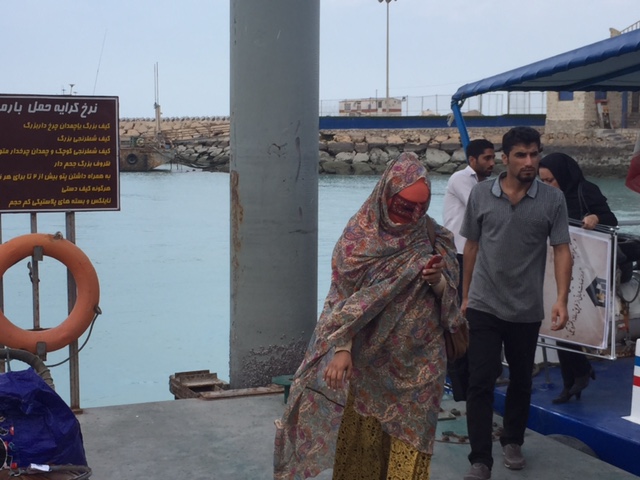
Cities
In the more progressive larger cities, I’d say half of women’s lives are radically different than in the countryside.
Socioeconomics has a lot to do with the level of religion in Iranian life. The more money a family has, the less religious they tend to be, and the less conservative they are.
Women in Iran can drive, vote, buy property, own businesses, and sit in parliament.
And I’ve seen some powerful looking women stomp the sidewalks of Tehran with stoic confidence.

Golrokh (left) owns this stylish cafe/restaurant in the city of Shiraz.
One overtly progressive woman told me she is working on neuroscience research, and I met another fascinating and very cool lady who started her own successful café/restaurant.
Some women are doing, creating, and achieving many great things…
There is no shortage of makeup in the major cities. Dyed blonde hair, lip implants and nose jobs are common for the wealthy; sexy heels and tight pants show a woman’s defiance to the state and reflect her individuality.
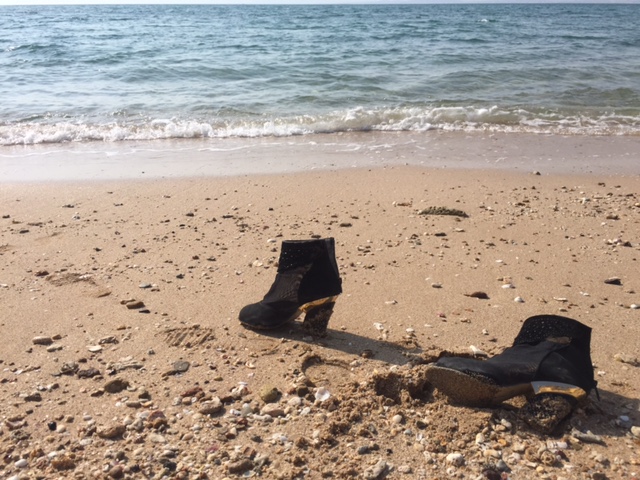
Freedoms have been loosening in recent years in certain places. Some of the things women can do now were unthinkable five years ago. And many women are looking forward to the day when they can strip off their hijab and burn it up.
A woman in this demographic now goes out unaccompanied by a man to meet up with friends—either man or woman—to socialize at coffee shops.
Infidelity is commonplace….
Who really wields the power in a relationship on the home front is conditional… many Iranian women appear to be strong in the family, and I’ve seen quite a few men subservient in their marriage.

Men and women hang out as friends in progressive Shiraz.
Conclusion
For many poorer and rural living women, pressures from the government are a non-issue, and it’s their social environment that creates a restriction.
For many wealthier, urban, and more educated women, pressure from their social environment is less influential, and it’s the government that creates the restriction.
At the end of the day, it’s either society or the state that ultimately restricts women in Iran from achieving their ultimate expression of freedom.
If there are any Iranian women reading this, please post a comment (below). The community would love to hear what you have to say!
If you’re interested in more content from IRAN and the WORLD visit these links below:
